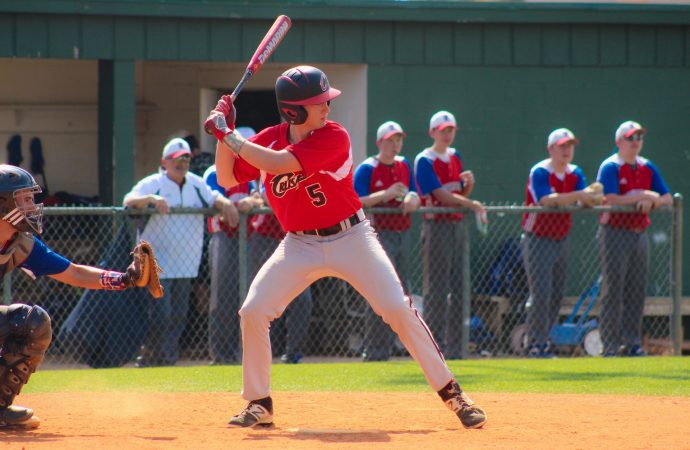In a baseball season filled with remarkable stories and unexpected twists, one narrative stands out as truly astonishing—the exceptional performance of a Most Valuable Player (M.V.P.) outfielder who has seamlessly transitioned to the shortstop position. This extraordinary case challenges conventional wisdom, redefines player versatility, and captivates fans and analysts alike. As we delve into this
In a baseball season filled with remarkable stories and unexpected twists, one narrative stands out as truly astonishing—the exceptional performance of a Most Valuable Player (M.V.P.) outfielder who has seamlessly transitioned to the shortstop position. This extraordinary case challenges conventional wisdom, redefines player versatility, and captivates fans and analysts alike. As we delve into this remarkable tale, we witness the breaking of traditional molds and the emergence of a new paradigm in baseball.
The story begins with a talented outfielder who has consistently showcased his prowess with the bat, earning multiple M.V.P. awards and garnering widespread acclaim. His offensive abilities and remarkable athleticism have made him an asset in the outfield, where he has dazzled fans with incredible catches and clutch hits. However, the player’s insatiable desire for challenge and growth led him to pursue a new venture—taking on the demanding role of a shortstop.
The transition from outfield to shortstop is not one taken lightly. Traditionally, shortstop has been considered one of the most critical defensive positions, requiring exceptional range, agility, and quick reflexes. It is a position where a split-second decision or a perfectly executed throw can make all the difference. However, this M.V.P. outfielder possessed a unique blend of skills that made him a prime candidate for this unconventional experiment.
To understand the astonishing success of this player at shortstop, we must explore the factors that have contributed to his seamless adaptation. First and foremost is his remarkable athleticism, which allows him to cover ground with grace and precision. His lightning-fast reflexes and quick lateral movements enable him to make plays that few others can. Furthermore, his strong arm and accurate throwing ability ensure that he can execute difficult plays from deep in the hole or make laser-like throws across the diamond.
Another crucial aspect of his success lies in his unwavering dedication to mastering the intricacies of the position. He studied the footwork, positioning, and timing required to excel at shortstop, relentlessly honing his skills in practice and during offseason workouts. His commitment to becoming a student of the game and his willingness to learn from experienced infielders have played a significant role in his rapid development.
Critics argue that the player’s transition to shortstop compromises the team’s overall defensive strength. They contend that while his individual skills may be exceptional, his lack of experience at the position could lead to costly errors and missed opportunities. However, supporters of this unconventional move argue that the player’s offensive contributions and his ability to change the game with his bat outweigh any potential defensive shortcomings. They believe that his offensive prowess far surpasses the incremental defensive impact of a traditional shortstop, making him an invaluable asset to the team.
The success of this M.V.P. outfielder at shortstop is not an isolated incident. Throughout baseball history, there have been instances where players have defied expectations and thrived in positions traditionally occupied by others. These anomalies challenge the boundaries of positional norms and force us to rethink the rigid categorization of players. The versatility and adaptability showcased by this player represent the evolution of the game and the willingness of teams to break free from the confines of convention.
While this exceptional case has undoubtedly garnered attention and admiration, it also raises important questions about the future of positional designations in baseball. Will we see a shift toward a more fluid approach, where players are valued for their overall contributions rather than their adherence to specific positions? Only time will tell.

















Leave a Comment
Your email address will not be published. Required fields are marked with *